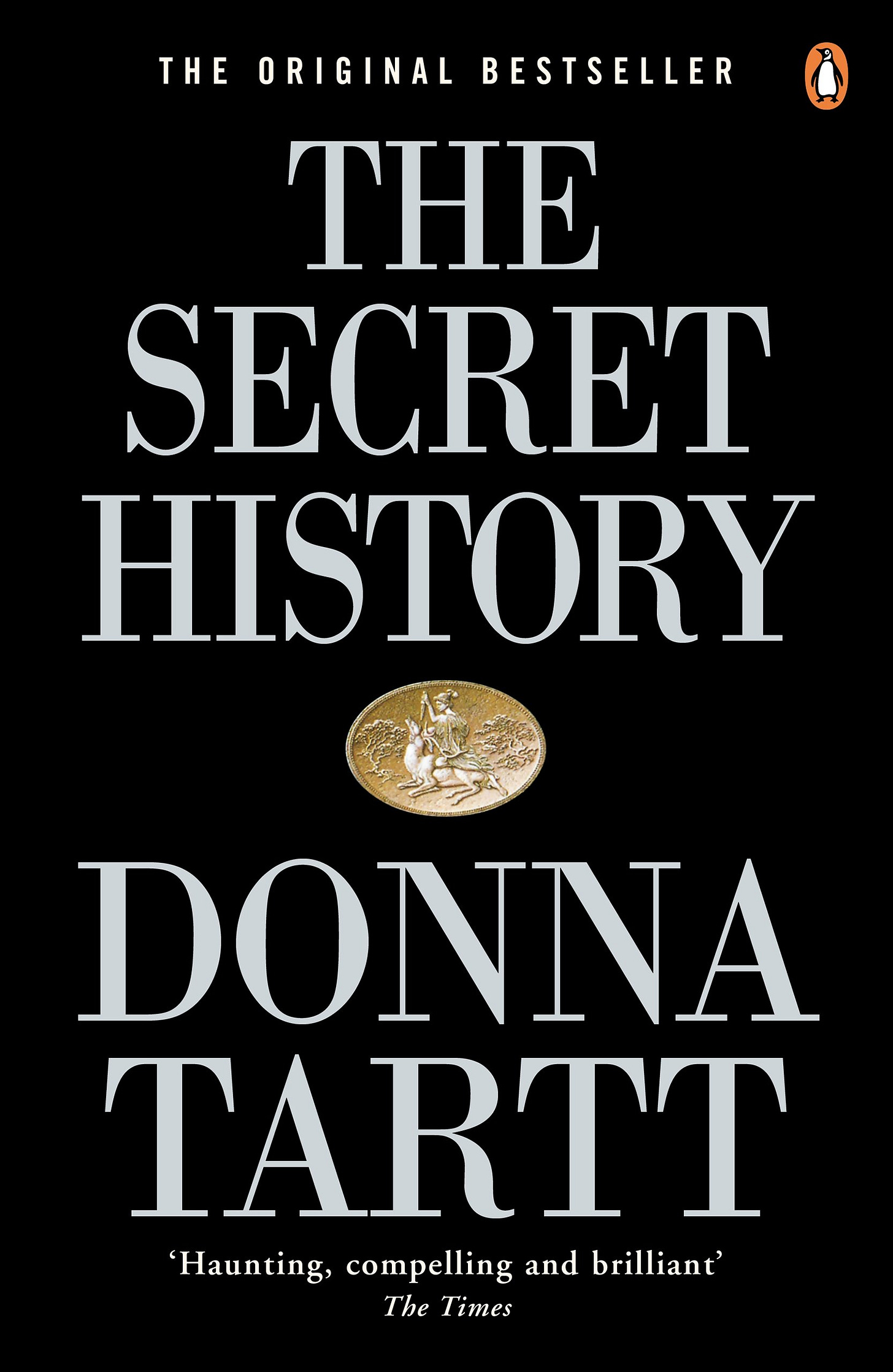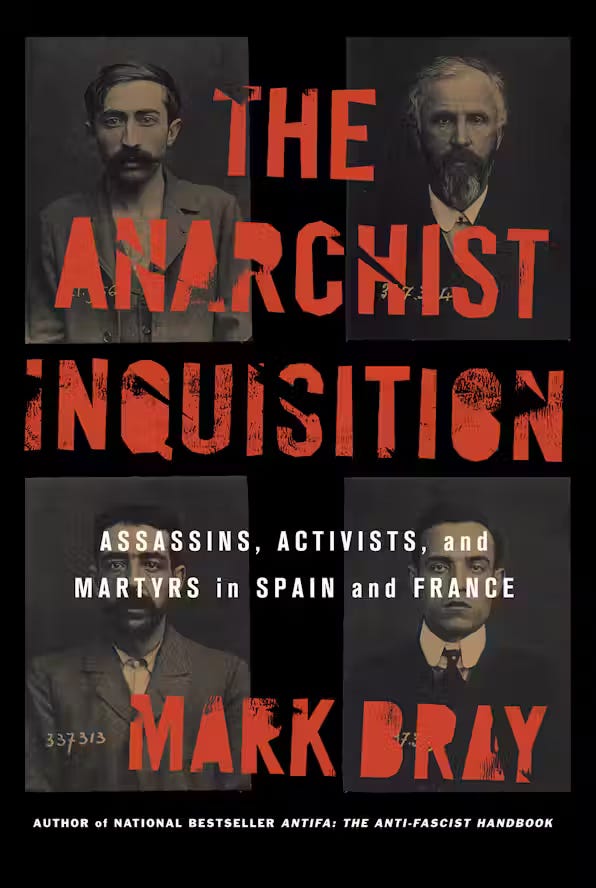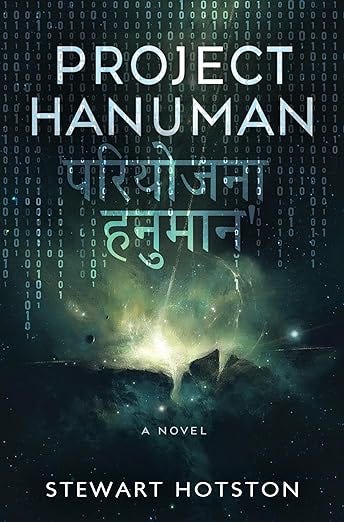Hello everyone, and welcome to another issue of the Words for Worlds newsletter.
The Indian Express’ Bangalore edition has an ongoing Writer’s Corner series, where they interview writers with links to Bangalore. I’m in the latest issue, talking about how my time at NLS Bangalore, and all the hours I spent at Blossom bookshop as an undergraduate, shaped my own future science fiction writing (read it here).
On a related note, Amazon is presently having a sale period, and The Sentence is at a 40% discount (get it here).
What I’m Reading
A book that I did not expect I’d read, or like, turned out to be a book that I read and liked. The story of a clique of elite, teenage private school students accidentally committing one crime - and then intentionally committing another - risks dissolving into a succession of tropes; but for me, what elevated The Secret History was how the plot (and the characters) were interwoven into classical Greek philosophy, thought, and language (the clique of students study Greek with their rather enigmatic teacher in a rather … immersive way). Tartt clearly knows her classical Greece, and it shows in every page of the novel, giving it a depth and gravitas that goes well beyond its tagging as “dark academia.”
I did find Part One of the novel - which ends with the “hinge event” of the book - more put-together, coherent, and compelling than Part Two, which - at various points - seemed on the verge of falling apart, but on some reflection, that makes sense in an internal way within the novel: the narrative unraveling mirrors, in a fashion, the way in which the entangled lives of the protagonists begin to unravel, and the ending - while not a resolution - is perhaps the only ending that there could have been.
I continued my foray into the history of Spanish anarchism - part of my research for the sequel to The Sentence - with Mark Bray’s excellent The Anarchist Inquisition. The Anarchist Inquisition focuses on the period between 1880 and 1910, in Spain and France, when the anarchists articulated - and popularised - the idea of the “propaganda of the deed” - that is, targeting the symbols and embodiments of State authority, and often (but not always) publicly offering themselves up for arrest, incarceration, torture, and death afterwards.
Bray explores how the propaganda of the deed gave birth to the contested notion of “terrorism” (indeed, the anarchists saw their “terror” as a response to State-sanctioned terror, what Engels had referred to as “social murder”), but also - surprisingly - to the equally contested notion of “human rights,” as the anarchists and their allies appealed to global public opinion, in the name of the “rights of humanity,” against the incarceration and torture of their colleagues. The book begins with the memorable line, “among the vast brood begotten by modernity, two of the most quarrelsome siblings were the congenial “human rights” and the miscreant “terrorism.”
Of course, not everyone within the anarchist movement approved of this framing, and here the book is reminiscent both of the intra-left debates during the Spanish Civil War described in Revolution and the State (which I discussed in the last newsletter), and - decades later - in the movement against the Vietnam War (discussed in books like Red Internationalism). Was the appeal to human rights a necessary move as part of a broad front against State terrorism - or was it an unacceptable dilution of a movement whose goal was to overthrow the very State form? We think of these debates as having a more contemporary provenance, but Bray shows us just how old - and intractable - they are.
Other parts of this book speak to the present day. Bray notes how the anarchists were effectively dehumanised by the State and the press (in order to “depoliticise” their actions, and to justify repression and torture) - something strongly reminiscent in how much of the Western press has treated the Palestinians, as Mohammad el-Kurd discusses in his book, Perfect Victims. As Emile Henry noted, while awaiting execution, “mine will not be the last head you will sever … hanged in Chicago, beheaded in Germany, garroted in Xerez, shot in Barcelona, guillotined in Montbrison and in Paris, our dead are many.” What stands out in Bray’s account is the lengths to which the press and the State had to go to accomplish this dehumanisation, in order to obscure the very real, and the very political motives of the anarchists, so that their acts would be stripped off their political valence and reduced to notions of mere “barbarism.” These days, one need only look at the pages of The New York Times to see how something similar is accomplished in the case of Palestine, and Bray’s book is a salutary reminder of just how old - and how refined - a tactic this is.
While Bray’s book is about a movement, and about a history of ideas, his account comes alive through the profiles of the remarkable women and men who were the exponents of propaganda by the deed - from Emile Henry to Francisco Ferrer. Ultimately, for a variety of reasons, propaganda by the deed gave way to anarchist syndicalism within the movement, and faded away. The Anarchist Inquisition is a crucial piece of historical reconstruction that brings alive a moment in time when this was not so.
What’s Going On at Strange Horizons
“How and why is speculative fiction written in contexts of defeat, despair, or decay?” The latest issue of the Critical Friends Podcast attempts to answer this question with Octavia Cade and M. L. Clark.
The Indian Scene
A bit of preview coverage of the IF Anthology of New Indian SFF in Scroll this week; and it will also give you a glimpse of the book’s cover. Watch out for pre-orders going live this Friday (I’ll be sharing them on my feed), and - by the next issue of this newsletter - the anthology should be in bookshops near you.
Recommendations Corner
I recently read an advance copy of Stewart Hotson’s Project Hanuman (it’s due out in November 2025); it is a very interesting blend of post-apocalyptic SF and space opera (if you’re deep into the genre, you’ll pick up a thousand references), and it takes a lot of hoary SF tropes (the sentient spaceship, the hive-mind, interstellar races at different levels of technology), but mixes them up in a way that makes the novel itself something very original . Keep this on your TBR for the year-end, if you’re looking for some good new science fiction to read.






YESSSS The Secret History! A peak reading experience for me--home from college for Christmas vacation--I fell into it, kept it on my bedside table, and wanted to keep reading it as soon as I woke up. I need to re-read....